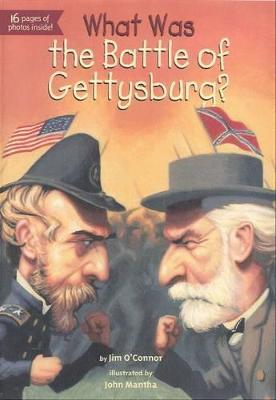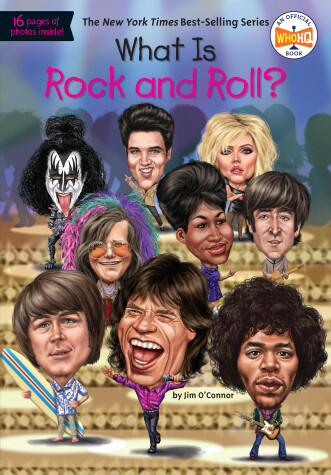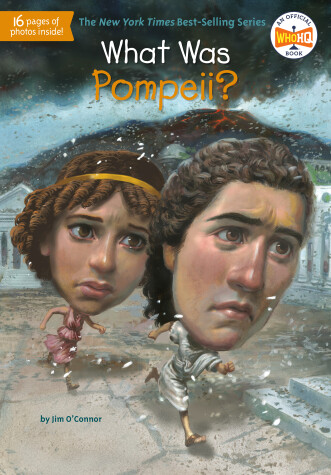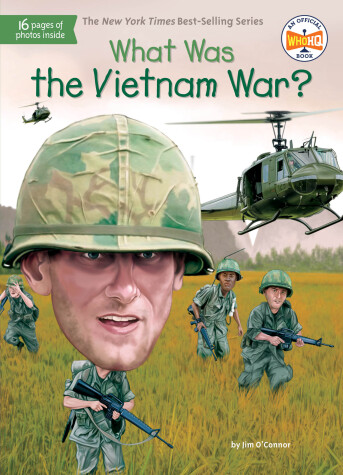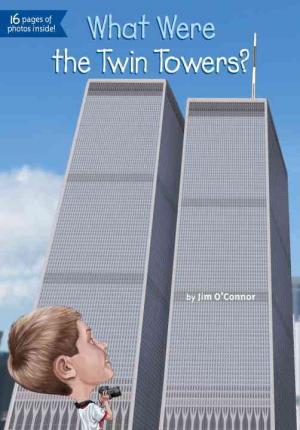What Was
8 total works
The LEGO toy company was founded in 1934 by a Danish carpenter who loved making wooden pull toys. From its humble beginnings, the company has lived up to its name--which comes from the Danish phrase meaning to always "play well"--encouraging children to use their imagination and build whatever they can dream up.
In this book, author Jim O'Connor describes how a simple concept--small plastic bricks that snap together--morphed into a cultural phenomenon.
The Vietnam War was as much a part of the tumultuous Sixties as Flower Power and the Civil Rights Movement. Five US presidents were convinced that American troops could end a war in the small, divided country of Vietnam and stop Communism from spreading in Southeast Asia. But they were wrong, and the result was the death of 58,000 American troops. Presenting all sides of a complicated and tragic chapter in recent history, Jim O'Connor explains why the US got involved, what the human cost was, and how defeat in Vietnam left a lasting scar on America.
Teaches important dates and facts about the Battle of Gettysburg.
The morning of August 24, AD 79, seemed like any other in the Roman city of Pompeii. So no one was prepared when the nearby volcano Mount Vesuvius suddenly erupted, spouting ash that buried the city and its inhabitants. The disaster left thousands dead, and Pompeii was no more than a memory for almost 1,700 years. In 1748, explorers rediscovered the port city with intact buildings and beautiful mosaics. This easy-to-read account is gripping and includes photos of the ruins.
When the Twin Towers were built in 1973, they were billed as an architectural wonder. At 1,368 feet, they clocked in as the tallest buildings in the world and changed the New York City skyline dramatically. Offices and corporations moved into the towers—also known as the World Trade Center—and the buildings were seen as the economic hub of the world. But on September 11, 2001, a terrorist attack toppled the towers and changed our nation forever. Discover the whole story of the Twin Towers—from their ambitious construction to their tragic end.
